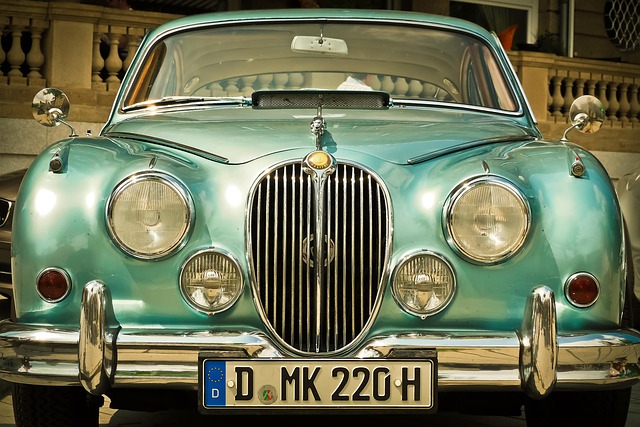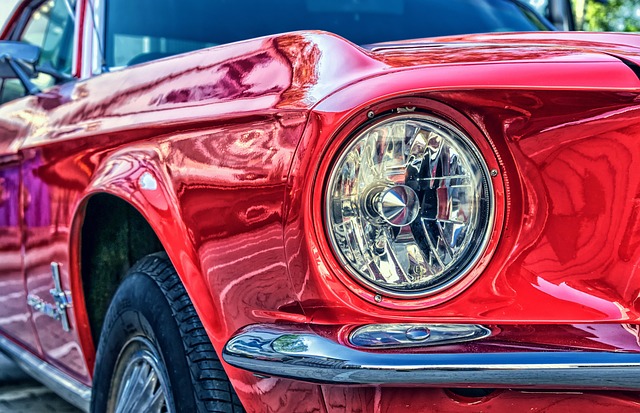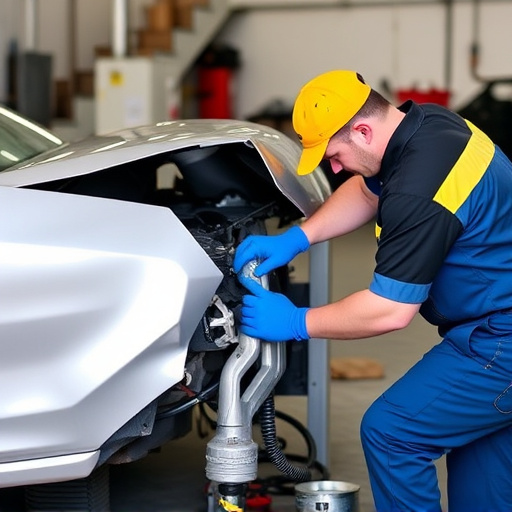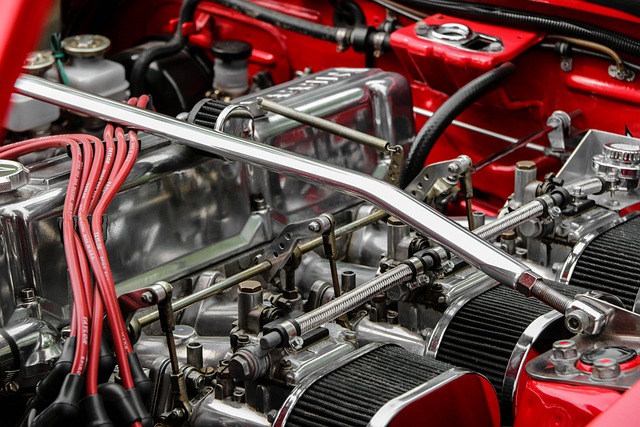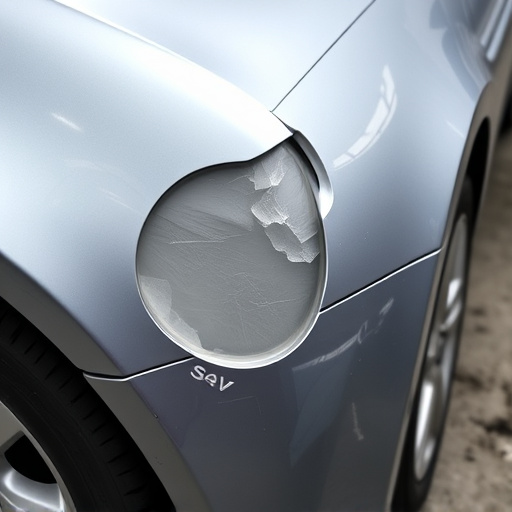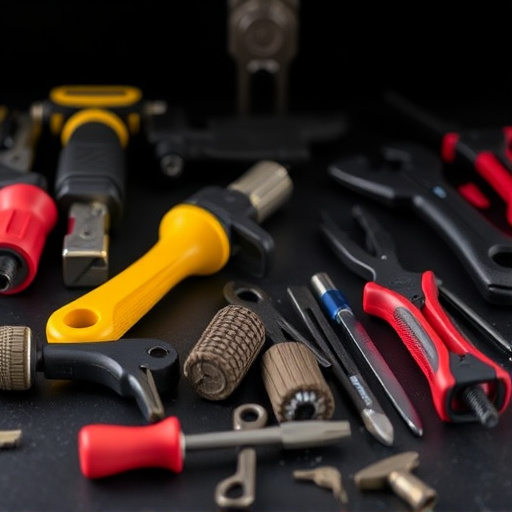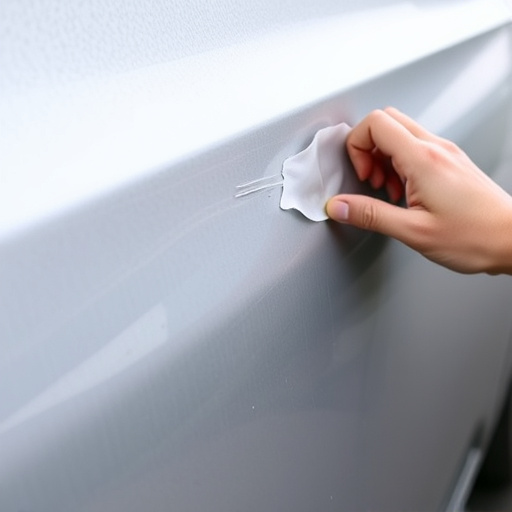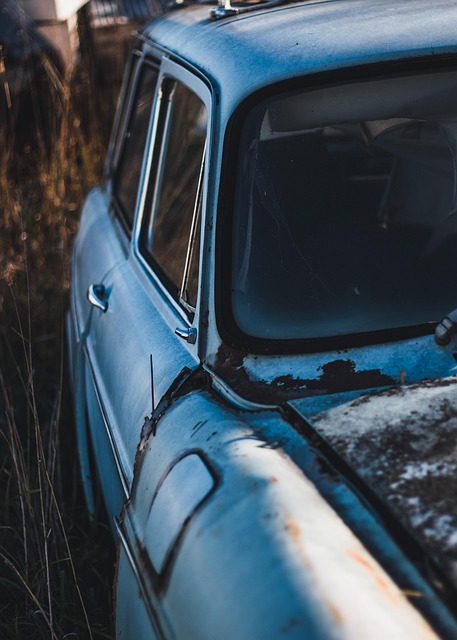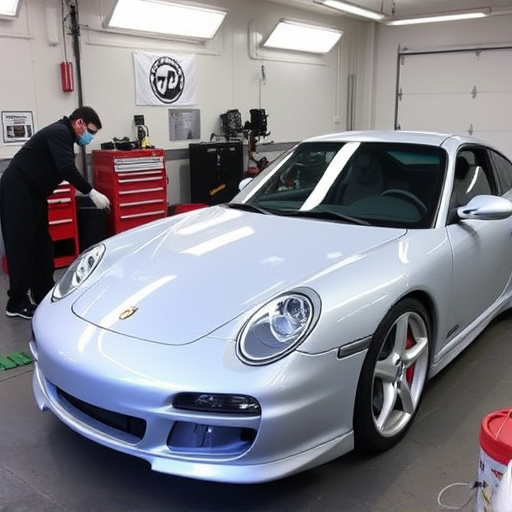Regular inspections, especially of critical components, are key to early corrosion detection and prevention. High-quality coatings and sealants provide long-term protection against moisture and rust, especially in harsh climates. Proper storage practices, including dry, shaded areas and protective covers, significantly extend corrosion protection by minimizing water exposure and UV damage.
Maintaining corrosion protection over time is essential for preserving assets and infrastructure. This article provides practical tips on effective corrosion protection procedures. By regularly inspecting and assessing corrosion damage, implementing robust coating and sealant strategies, and adhering to proper storage and handling practices, you can significantly extend the lifespan of your materials. Discover proven methods to safeguard against corrosion and ensure long-lasting protection.
- Regularly Inspect and Assess Corrosion Damage
- Implement Effective Coating and Sealant Strategies
- Maintain Proper Storage and Handling Practices
Regularly Inspect and Assess Corrosion Damage
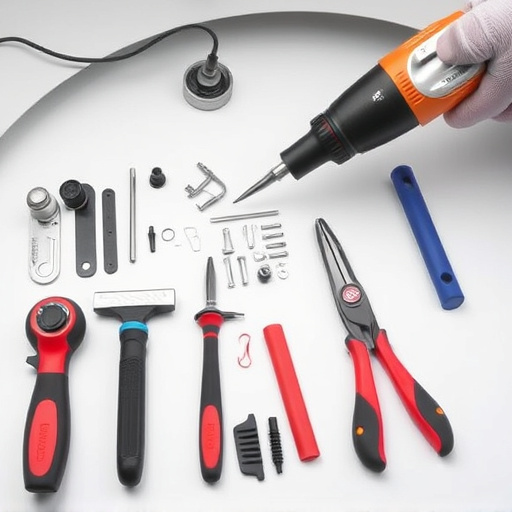
Regular inspections are key to maintaining effective corrosion protection procedures. By conducting thorough assessments at set intervals, you can identify potential damage early on, preventing minor issues from escalating into costly repairs. Look for signs of rust, pitting, or any unusual markings on surfaces, especially in hard-to-reach areas. Focus on critical components like auto glass replacement, as it’s a significant part of your vehicle’s structure and vulnerable to corrosion. Don’t overlook the exterior body panels, frames, and underbody—these are common spots for water accumulation, leading to rust over time.
Remember, a well-maintained corrosion protection system isn’t just about preventing aesthetics; it ensures the structural integrity of your vehicle. If left unchecked, corrosion can compromise safety features like the chassis and suspension systems, which are vital for accident prevention and ride quality. Regular inspections at a trusted collision repair center will help you stay proactive in these efforts, ensuring that your vehicle remains reliable and safe on the road.
Implement Effective Coating and Sealant Strategies

Implementing robust coating and sealant strategies is a cornerstone of long-term corrosion protection procedures. These protective layers create a barrier between your vehicle’s metal surfaces and the elements, preventing moisture penetration that fuels rust formation. When selecting coatings, opt for high-quality, durable options specifically designed for automotive use. A professional auto body shop can advise on the best products based on your vehicle’s make, model, and climate exposure, ensuring optimal protection.
Regularly inspecting and reapplying these coatings is crucial, especially in regions with frequent rainfall or harsh winters. Even minor scratches or chips in the coating can compromise its effectiveness, leading to accelerated corrosion. A Mercedes Benz repair specialist can perform an expert inspection, identifying weak spots and recommending appropriate touch-ups or complete repainting for areas that require it. Remember, a sound coating strategy, combined with meticulous maintenance, is key to keeping your vehicle looking like new and protecting its valuable metalwork, just as you’d expect from a top-tier auto body shop.
Maintain Proper Storage and Handling Practices
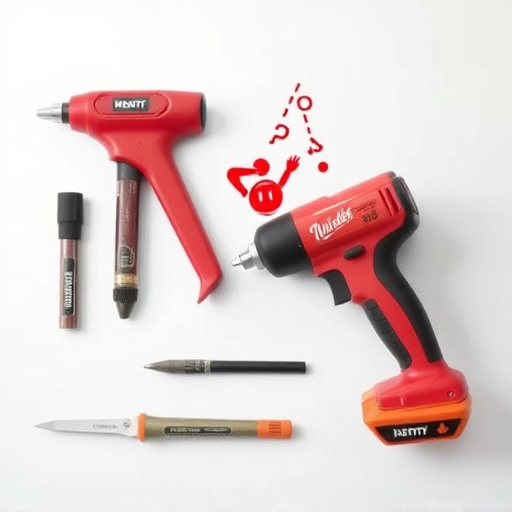
Proper storage and handling practices are essential components of long-lasting corrosion protection procedures. When vehicles aren’t in use, ensure they’re parked in a clean, dry, and shaded area to prevent water accumulation and UV exposure, both of which can accelerate corrosion. Use protective covers or tarps to shield the vehicle from debris and elements, especially if stored outdoors. For those dealing with hail damage repair or paintless dent repair, extra care is required. These vulnerable areas should be promptly attended to using specialized techniques like custom panel straightening or advanced dent removal methods to restore the vehicle’s original condition.
Implementing adequate security measures during handling is equally vital. Avoid stacking vehicles or allowing heavy objects to rest on them, as this can cause dents and scratches that compromise the corrosion protection. Regularly inspect storage areas for signs of moisture buildup and take corrective actions to maintain a dry environment. Remember, the synergy between effective storage, proper handling, and timely repairs like vehicle paint repair is key to preserving the integrity of your vehicle’s corrosion protection over time.
Maintaining optimal corrosion protection isn’t a one-time effort but an ongoing process. By implementing regular inspections, utilizing effective coating and sealant strategies, and adhering to proper storage practices, you can significantly extend the lifespan of your assets and protect them from corrosive elements over time. These proven corrosion protection procedures ensure that your investments remain in top condition, saving you both time and money in the long run.

